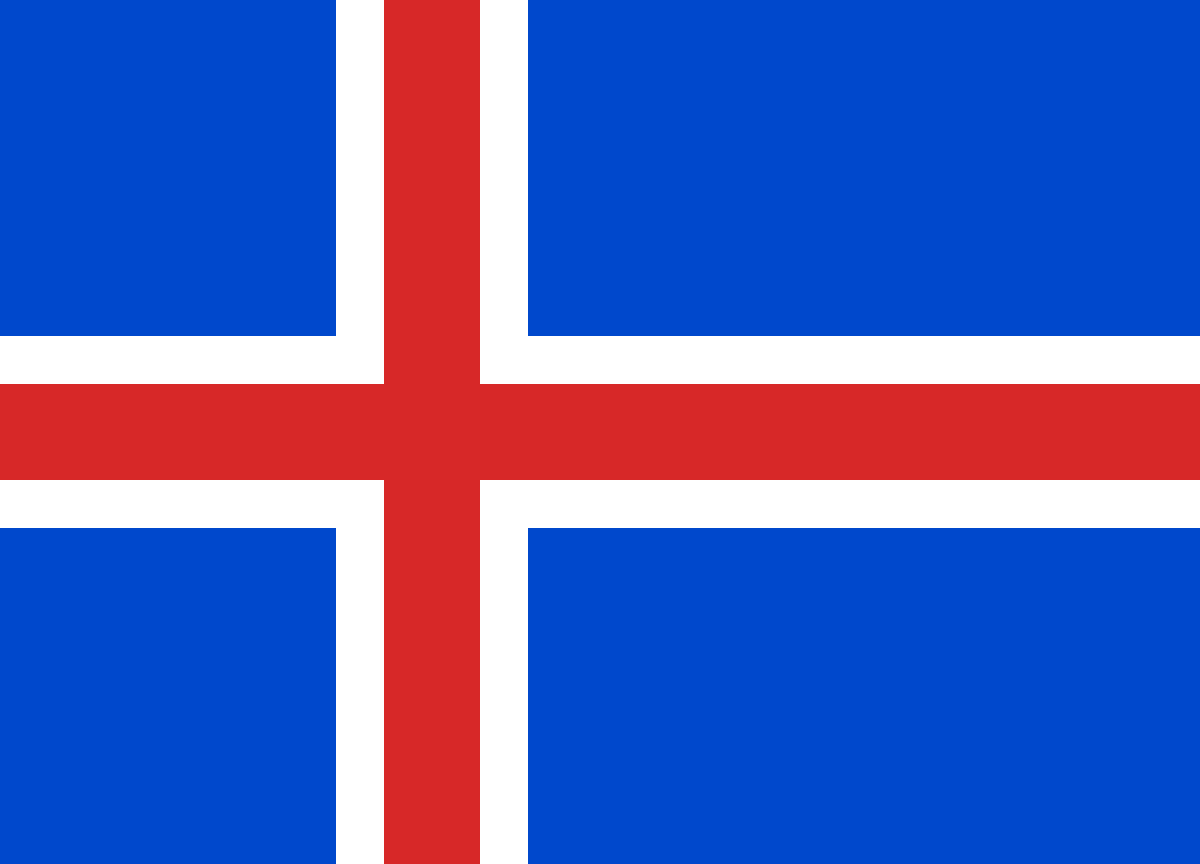- Thread starter
- #21
As the AGNA suckered Germany into building a small balanced treaty-style fleet, anything substantially different, such as this what-if scenario, would require the AGNA to be different than it was historically. Or just non-existent, as Germany repudiated the land and air restrictions in the Versailles treaty, they could have repudiated the naval parts as well without any replacement treaty.Grossly exceeding that 47,250 ton limit destroys AGNA 1935. It is one thing to build ships a few thousand tons over agreed limits, another to build multiple ships of 20,000 tons or more. For raiding in the Atlantic and IO something bigger than a WW2 escort carrier would be required. Hitler was keen to keep Britain onside for as long as possible.

